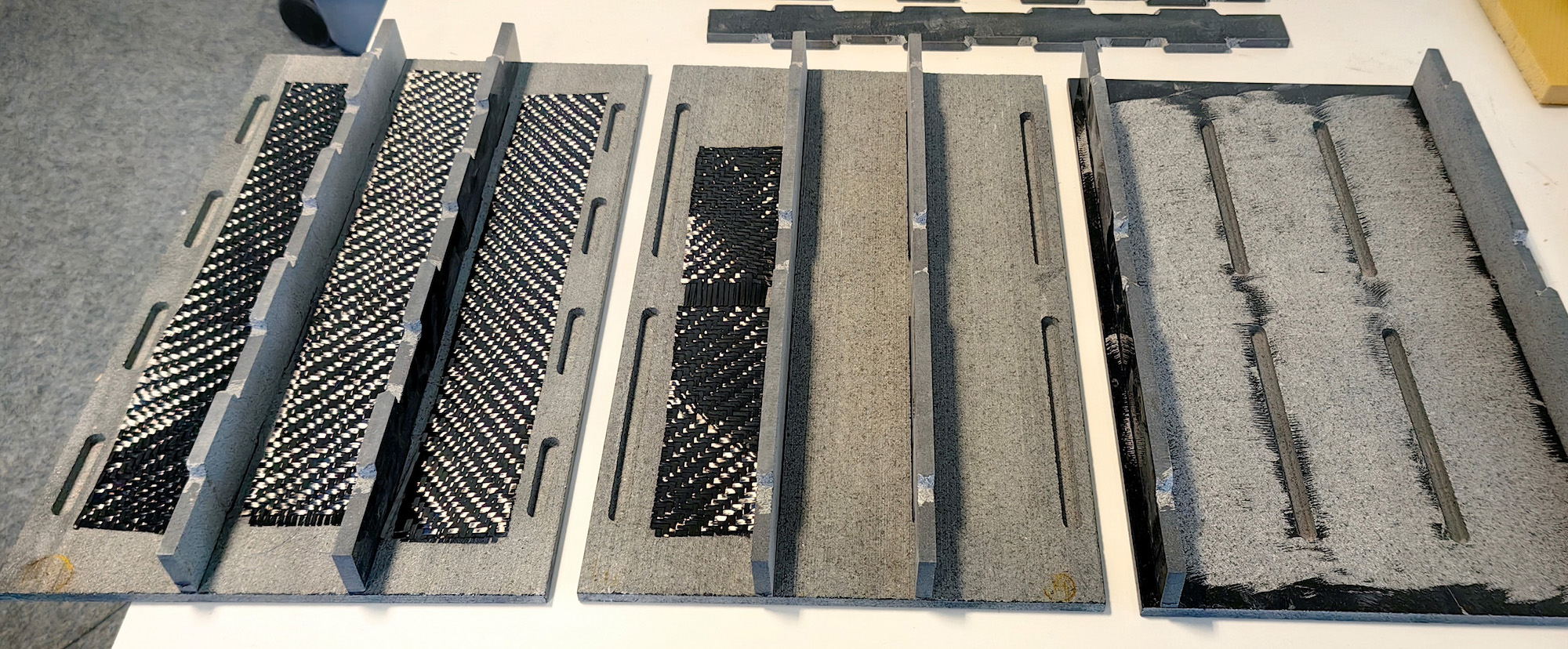The German Institutes of Textile and Fiber Research Denkendorf (DITF) has announced it has developed a new composite material containing natural stone, carbon fibres and biochar that could contribute to CO2-negative buildings.
Working in collaboration with TechnoCarbon Technologies, it is believed that the material will provide a lower carbon alternative to reinforced concrete. The premise of the project known as DACCUS-Pre* is to "develop a new building material that stores carbon in the long term and removes more CO2 from the atmosphere than is emitted during its production."
Gabbro, a natural stone from India forms the exposed walls of the wall element which the research says has proven suitable for bearing high loads and silicate weathering of the rock dust "permanently binds a large amount of CO2 from the atmosphere."
Bio-based carbon fibres provide stability for the side walls and have low raw material costs while the biochar developed by Convoris GmbH provides thermal insulation 'filler' is believed to be a permanent source of CO2 storage.
A spokesperson on the project said: "The CO2 balance of a house wall made of the new material has been calculated and compared with that of conventional reinforced concrete. This results in a difference in the CO2 balance of 157 CO2 equivalents per square meter of house wall. A significant saving."
*Methods for removing atmospheric carbon dioxide (Carbon Dioxide Removal) by Direct Air Carbon Capture, Utilization and Sustainable Storage after Use (DACCUS).

